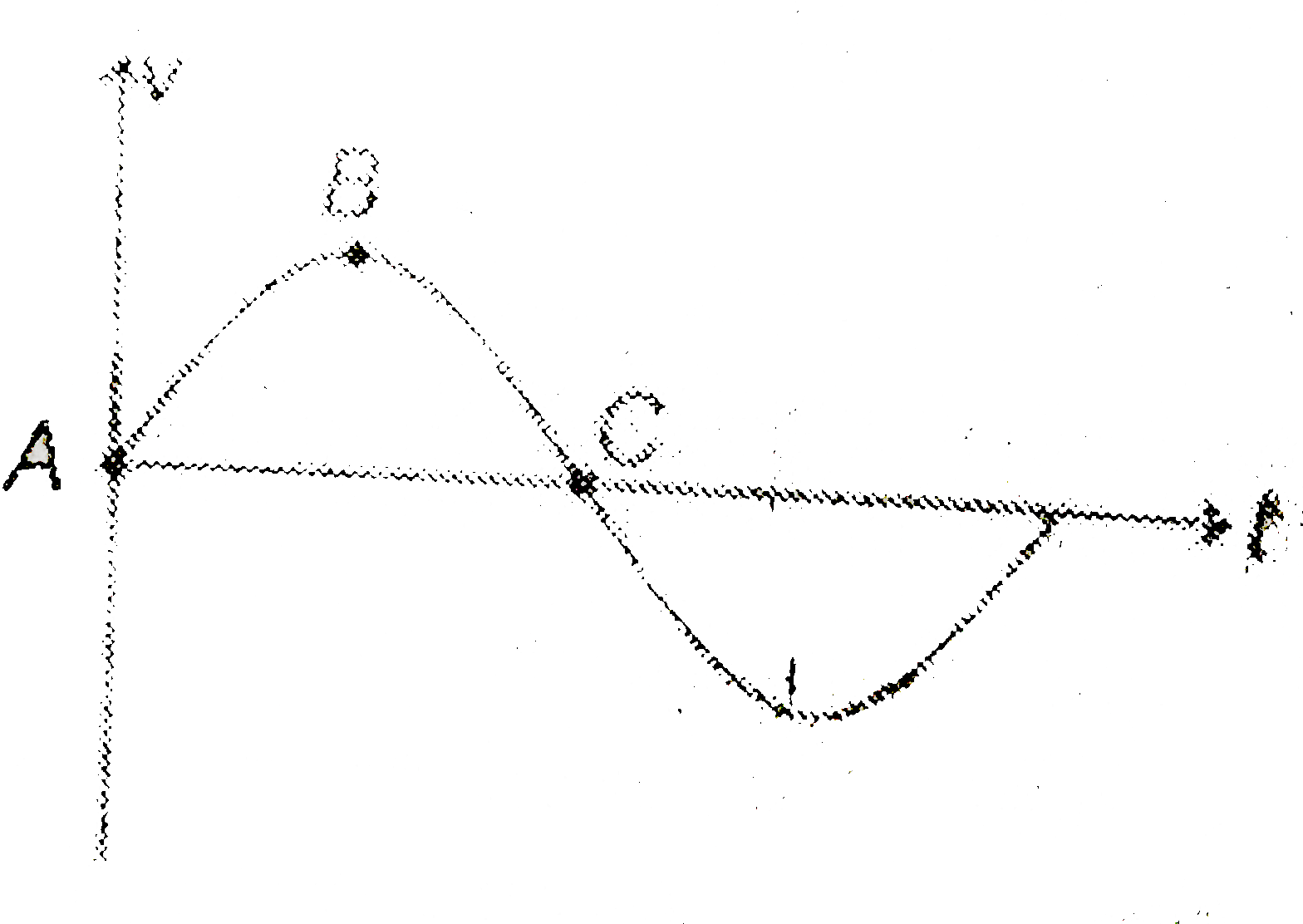What is the direction of displacement and acceleration in shm?
To determine the direction of displacement and acceleration in simple harmonic motion (SHM), we can follow these steps:
1. Understanding Displacement in SHM:
- In SHM, the displacement x of a particle from its mean position can be expressed as:
x=Asin(ωt+ϕ)
- Here, A is the amplitude, ω is the angular frequency, t is time, and ϕ is the phase constant.
2. Finding Velocity:
- To find the velocity v, we differentiate the displacement x with respect to time t:
v=dxdt=Aωcos(ωt+ϕ)
- The velocity is a function of the cosine of the same angle, which indicates its direction relative to displacement.
3. Finding Acceleration:
- To find the acceleration a, we differentiate the velocity v with respect to time t:
a=dvdt=−Aω2sin(ωt+ϕ)
- This shows that acceleration is proportional to the negative sine of the same angle.
4. Analyzing Directions:
- From the equations, we can see:
- Displacement x is given by Asin(ωt+ϕ).
- Acceleration a is given by −Aω2sin(ωt+ϕ).
- The negative sign in the acceleration equation indicates that the direction of acceleration is opposite to that of displacement.
5. Conclusion:
- Therefore, in SHM, the direction of displacement and acceleration are opposite to each other. When the displacement is positive (away from the mean position), the acceleration is negative (towards the mean position), and vice versa.
- In SHM, the displacement x of a particle from its mean position can be expressed as:
x=Asin(ωt+ϕ)
- Here, A is the amplitude, ω is the angular frequency, t is time, and ϕ is the phase constant.
- To find the velocity v, we differentiate the displacement x with respect to time t:
v=dxdt=Aωcos(ωt+ϕ)
- The velocity is a function of the cosine of the same angle, which indicates its direction relative to displacement.
- To find the acceleration a, we differentiate the velocity v with respect to time t:
a=dvdt=−Aω2sin(ωt+ϕ)
- This shows that acceleration is proportional to the negative sine of the same angle.
- From the equations, we can see:
- Displacement x is given by Asin(ωt+ϕ).
- Acceleration a is given by −Aω2sin(ωt+ϕ).
- The negative sign in the acceleration equation indicates that the direction of acceleration is opposite to that of displacement.
- Therefore, in SHM, the direction of displacement and acceleration are opposite to each other. When the displacement is positive (away from the mean position), the acceleration is negative (towards the mean position), and vice versa.
Topper's Solved these Questions
- BOOK - ICSECHAPTER - OSCILLATIONS EXERCISE - SELECTED PROBLEMS (FROM THE CHARACTERISTIC OF SHM)14videos
OSCILLATIONS
- BOOK - ICSECHAPTER - OSCILLATIONS EXERCISE - SELECTED PROBLEMS (FROM ENERGY OF AS.H. OSCILLATOR )9videos
OSCILLATIONS
- BOOK - ICSECHAPTER - OSCILLATIONS EXERCISE - SHORT ANSWER QUESTIONS47videos
OSCILLATIONS
- BOOK - ICSECHAPTER - MOTION IN FLUIDS EXERCISE - SELECTED PROBLEMS (FROM POISEUILLE.S FORMULA)19videos
MOTION IN FLUIDS
- BOOK - ICSECHAPTER - PROPERTIES OF MATTEREXERCISE - MODULE 4 ( TEMPERATURE ) UNSOLVED PROBLEMS12videos
PROPERTIES OF MATTER
Similar Questions
Knowledge Check
- Question 1 - Select One
In an SHM, x is the displacement and a is the acceleration at time t. the plot of a against x for one complete oscillation will be
Aa straight lineBa circleCan ellipseDa sinusoidal curve
A car is moving in east direction. It takes a right turn and moves along south direction without change in its speed. What is the direction of average acceleration of the car?
View SolutionPassage V) In SHM displacement, velocity and acceleration all oscillate simple harmonically with same angular frequency ω. Phase difference between any two is π2 except that between displacement and acceleration which is π.
v-t graph of a particle is SHM is as shown in figure Choose the wrong option.
 View Solution
View SolutionFill in Blanks:
No work is done when ____takes places at right angles to the direction of applied force. (displacement/acceleration).View SolutionWhat is the phase relationship between diplacement, velocity and acceleration in SHM?
View SolutionHow is the work done by a force measured when (i) force is in the direction of displacement, (ii) force is at an angle to the direction of displacement ?
View SolutionA particle of mass 4g performs S.H.M. between x=−10cmandx=+10 cm along x-axis with frequency 60Hz, initially the particle is at x = +5 cm. Find
velocity-displacement and acceleration displacement curve of this motion.View SolutionDetermine whether or not the following quantities can be in the same direction for a SHM
displacement and velocityView Solution

